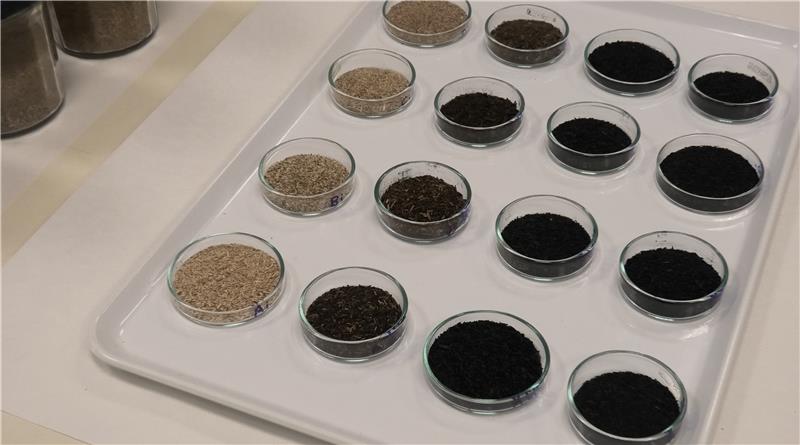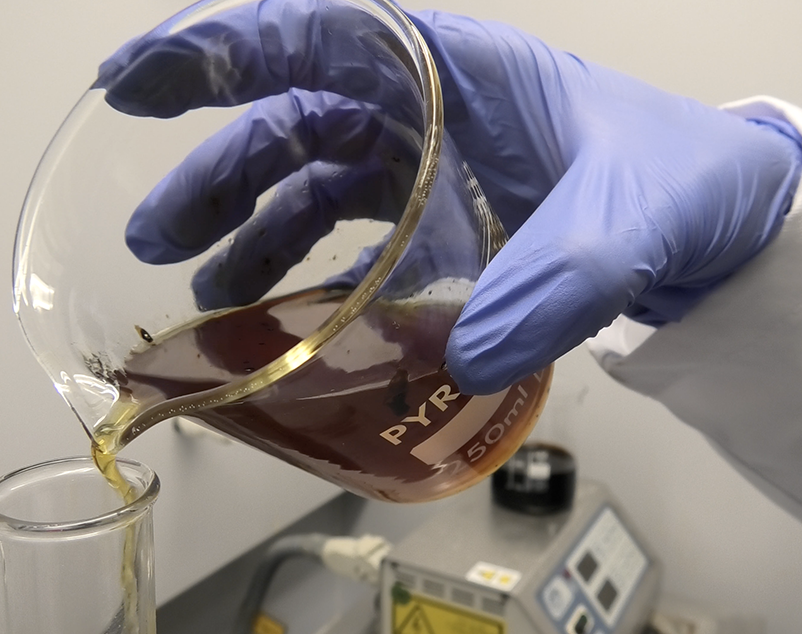The LIFE BIOREFFORMED project reaches its end demonstrating the potential of biorefineries to create high-value products from forest biomass.
The project shows that sustainable forest management can contribute to ecosystem services restoration while also providing economic opportunities for rural communities.
LIFE BIOREFFORMED, a four-year project led by the Forest Science and Technology Centre of Catalonia (CTFC), aimed to promote sustainable forest management in the Mediterranean region has officially concluded. The team involved in this innovative project worked to demonstrate how forest biomass can be transformed into renewable high-value chemicals and biofuels by using thermochemical and biorefinery processes. With 1.576.774 € of budget, the LIFE BIOREFFORMED project gathered several institutions: the CTFC, the Forest Ownership Centre, CREAF, ENERG-bas, and the Autonomous University of Barcelona (UAB).
The overarching goal of LIFE BIOREFFORMED was to not only explore the industrial potential of Mediterranean forest biomass but also to create sustainable economic opportunities in rural areas, while contributing to the preservation of biodiversity and the adaptation of ecosystems to climate change. This way, by enhancing forest management, the project also aimed to reduce the vulnerability of these landscapes to environmental pressures while fostering local economies.
The need to adapt
The project focused on using biomass from silvicultural interventions, particularly those aimed at adapting forests to climate change —such as thinning overgrown areas or managing forests after disturbances. Three forest types were specifically targeted: young post-fire pine forests, mature pine forests affected by disturbances, and ageing and vulnerable cork oak forests. In each case, silvicultural treatments were applied to improve forest resilience and to restore ecosystem services.
The team had a clear motivation for using these types of biomasses: proving to forest owners that the by-product of forest management could yield economic benefits. Thanks to the project, researchers repurposed this otherwise low-value material into high-value bioproducts by transforming it into renewable biofuels and chemicals. “This approach not only supports forest health but also provides a sustainable use of forest resources, contributing to the bioeconomy and increasing the economic viability of necessary climate adaptation efforts,” explains Neus Puy, coordinator of the LIFE BIOREFFORMED project and head of the Bioeconomy, health and governance program at the CTFC.

One of the main conclusions of the project is that there are no significant differences in the amount of valuable compounds obtained from different types of forest biomass —whether hardwood, softwood, or shrub species. This suggests that a wide range of forest materials, including underutilized biomass from silvicultural interventions, can be effectively processed in biorefineries. This flexibility could help create new economic opportunities for rural areas while also addressing the challenge of managing the excess of forest biomass, which is often difficult to use otherwise.
The research team discovered that the optimal temperature for the thermochemical conversion of biomass with pyrolysis to produce high-quality bio-oils and biochar from forest biomass is 450ºC. At this temperature, valuable compounds such as antioxidants, sugars, acids, and phenolic resins were extracted and produced from bio-oil. Among these, sugars were identified as the highest-value product due to their quantity and market price. The project also demonstrated that biochar, generated at lower temperatures (300ºC), could be used as a biostimulant source or directly as a soil enhancer, helping to retain water and improve soil structure without inhibiting microbial activity.
Among the species studied, pine, particularly Aleppo pine, showed the best potential to produce antioxidant compounds, while chestnut and cork oak performed well in producing humic extracts for stimulating soil microbial activity and promoting plant growth. Shrub species, such as heather, were also found to produce valuable acids like acetic acid, further demonstrating the versatility of different biomass types.
A Sustainable Future
The findings from the LIFE BIOREFFORMED project illustrate how forest biomass can be a key contributor to the transition towards a bio-based economy. By transforming by-products from climate change adaptation efforts into renewable chemicals and biofuels, the project has shown how sustainable forest management can provide both environmental and economic benefits.
“The success of the project underscores the importance of forest biomass as a resource for building resilience in Mediterranean landscapes while reducing reliance on fossil fuels. Moreover, the creation of green jobs in rural areas through the development of local biorefineries can provide long-term socio-economic benefits, helping to combat rural depopulation and contribute to the sustainable management of forest ecosystems,” underscores Neus Puy.
Last modified: 11 November 2024










